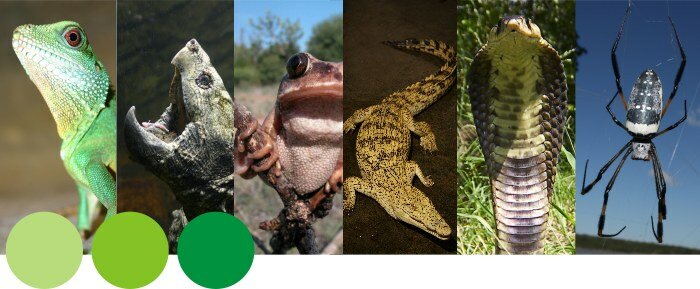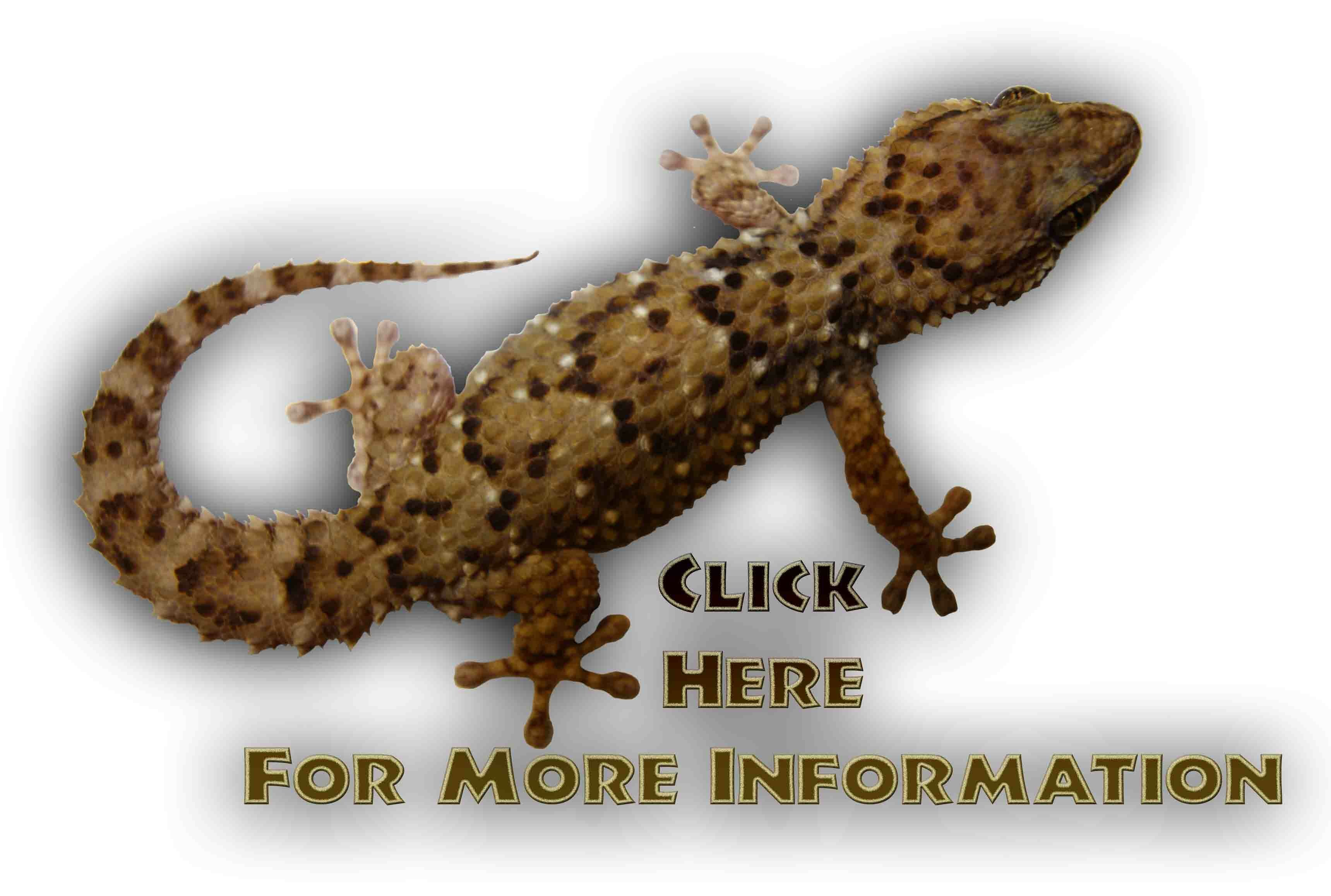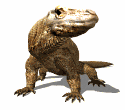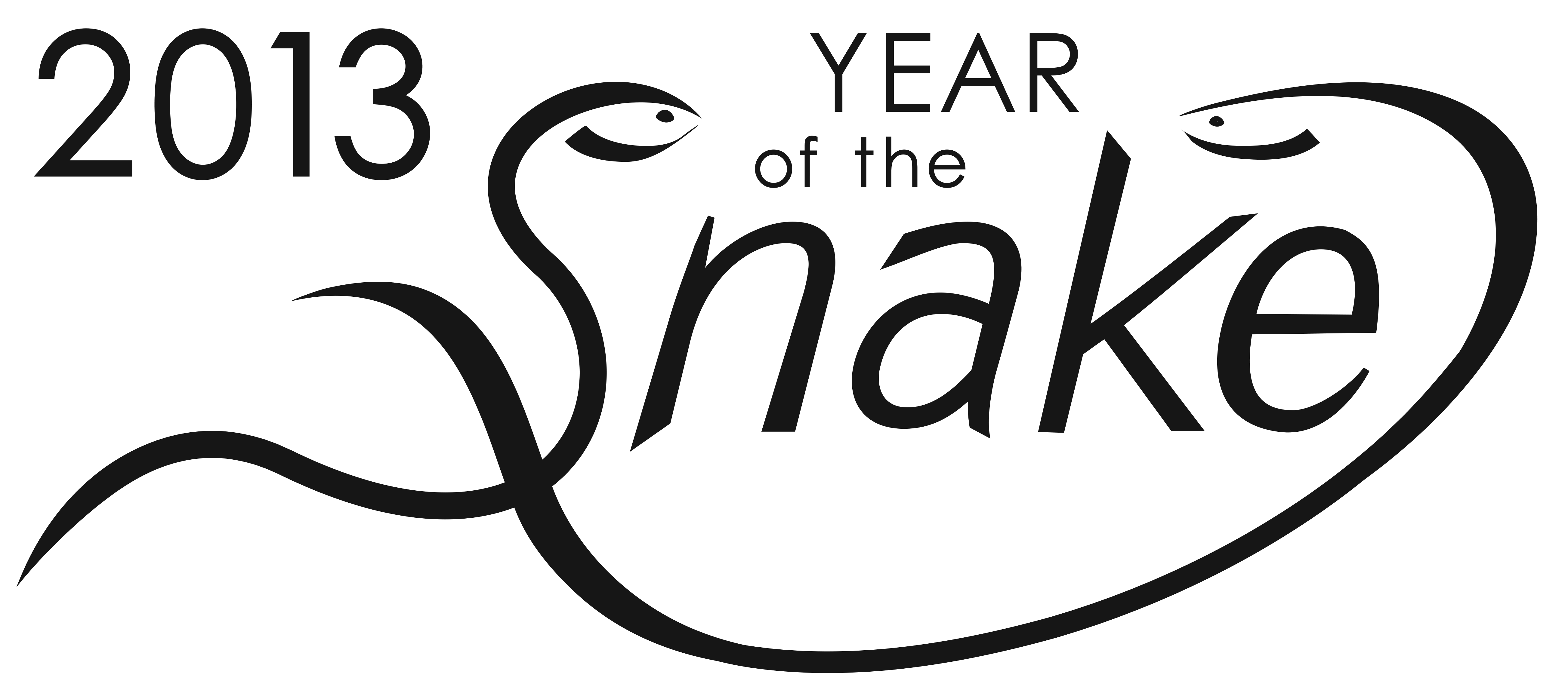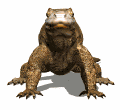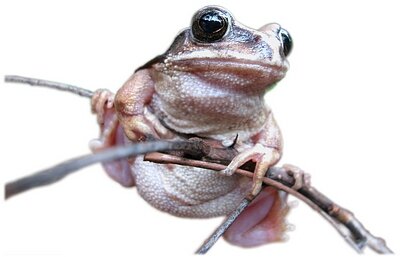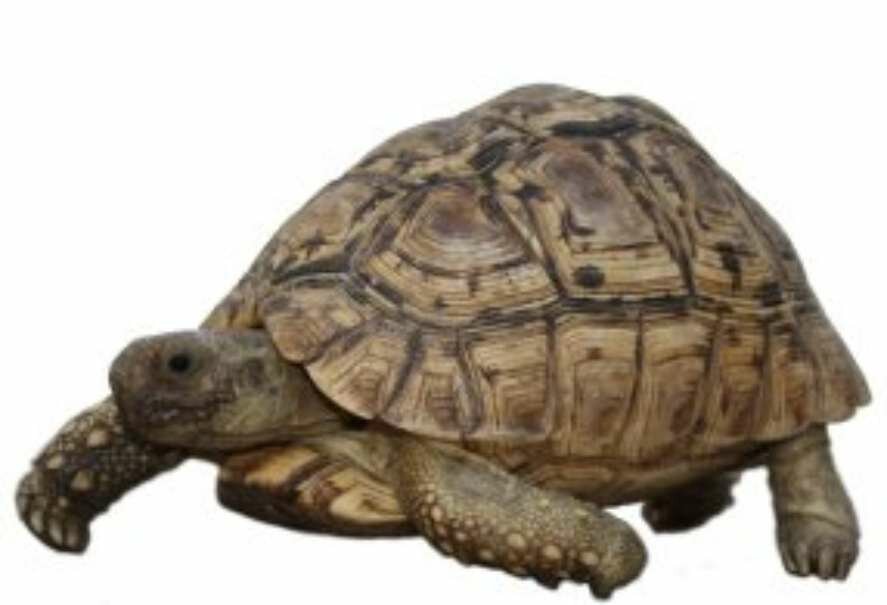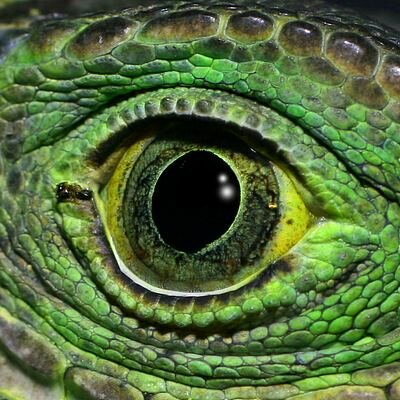
|
|
|
|

MISSION STATEMENTS
 To conserve through education and research.
To conserve through education and research.
 To locate, propagate and relocate rare and endangered reptiles.
To locate, propagate and relocate rare and endangered reptiles.
 To establish viable captive populations of rare and endangered reptiles.
To establish viable captive populations of rare and endangered reptiles.
"Khamai" is an old Greek word meaning Chameleon which essentially means little lion. These completely harmless reptiles are feared by many inhabitants of Africa. This unreasonable fear also exists with snakes yet most snakes are themselves also totally harmless. The Khamai Reptile Centre has a dedicated team that works at saving reptiles by all means possible. We believe that education is a powerful tool that should play a major role in conservation.
The Khamai Reptile Centre is situated in South Africa’s Limpopo Province, 15km outside of the nearest town Hoedspruit See Map and is situated in one of the most pristine parts of the country in terms of natural heritage. This area has a particularly high concentration of snakes and therefore there is a high frequency of interactions between snakes and people, making this a prime location for reptile-related research and public education. We are open every day of the year, including all holidays from 8:00am to 5:00pm and are on call 24/7 for any reptile related emergencies.
We do not buy nor sell animals and therefore keep our breeding of animals to a limit. Only animals that can be released or relocated into breeding and research programs are encouraged to breed.
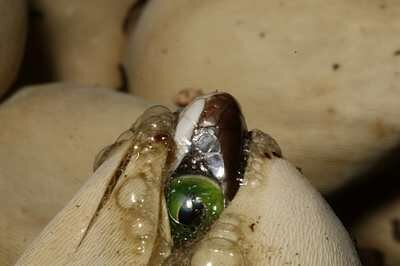
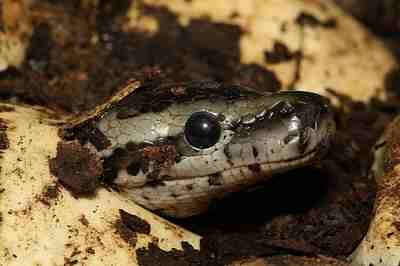


The Khamai Reptile Centre is situated in pristine "Big 5" country (See map on "Contact Us" page) with lodges and accommodation that suits all budgets and comfort preferences. Hoedspruit is well known for its nature trails and adventure activities such as River Rafting, Mountain Climbing, Hot Air Ballooning, Cycling, Camping and more. The lifestyle is clean and looked after by the friendly people who welcome tourist with a smile.
Lodges, Farmers and local communities within the region often call upon the Khamai Reptile Centre to help with reptile, amphibian and arachnid related problems. We will always come out to relocate animals back into the wild.
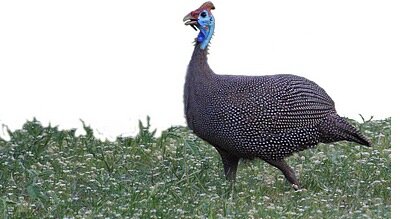


Declining Species
Until 200 years ago the Galápagos islands were home to hundreds of thousands of giant tortoises. During the 19th century visiting whaling ships began to collect the tortoises to stock their holds with fresh meat. They left behind a number of destructive, introduced mammals - rats, cats, pigs and goats - that preyed on the tortoises' eggs and young or competed with them for food. By the mid 20th century three of the original 14 subspecies of giant tortoises were extinct. Only four subspecies are considered to be safe from extinction. Six out of a total of seven marine turtle species are classed as Endangered or Critically Endangered "International Union for Conservation of Nature" IUCN as are seven of just 22 surviving species of crocodilian.
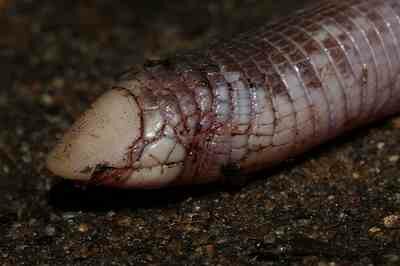
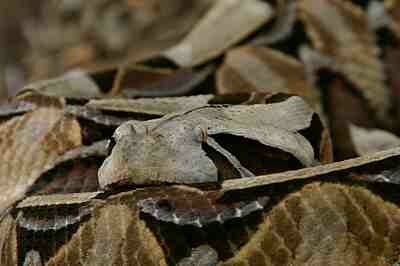
According to the IUCN 21 species of reptiles have become extinct in recent times. Sixteen of them lived on islands. Island species are especially vulnerable because their environment is easily affected by human impact and by the introduction of predatory animals. On Round Island in the Indian Ocean every native reptile species is either extinct or on the brink of extinction, while Mauritius, a neighbouring island has lost eight species.
Not all the news is bad, however. The surviving Galápagos tortoises are being bred successfully in captivity, goats and rats have been eliminated on some islands and the vegetation is beginning to recover. The Jamaican iguana, Cyclura collei, was believed extinct since the 1940's but turned up in small numbers in 1990 on a remote hillside. Eggs have been collected and a captive breeding program is underway. Captive bred young iguanas will be released into the wild once they are no longer vulnerable.
Cause for Concern
Despite all the conservation measures to save them hundreds of reptile species are expected to become extinct over the next century. Habitat destruction through agricultural development, urbanisation, mineral extraction, erosion and pollution are the main causes. On top of this thousands of reptiles are killed by traffic on the roads every day and many populations have been lost through the flooding of valleys through dam construction projects throughout the World. Reptiles are also hunted for food, their eggs, or the pet trade. Sea turtles enjoy total protection throughout the World but poachers still take adults and eggs in many of the poorer parts of the World and wild crocodilians are still hunted for their skins.
Not only rare species are affected. Some species that were wide spread a few decades ago are becoming scarce. Many people will grow up without ever seeing a wild lizard, snake or turtle. The challenge for the future will be to find ways to reconcile the human race's need to expand and feed itself with the preservation of the wild places needed by reptiles and other animals.
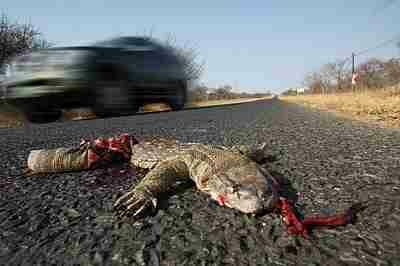
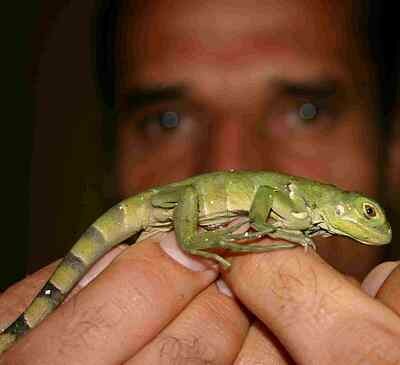
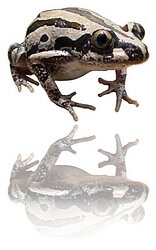
Worldwide Decline of Amphibian
How big is the problem, what are the causes and what can be done? These are the questions we should be asking ouselves. Amphibians belong to a unique group of vertebrates containing over 6 300 known species and are threatened worldwide. A recent assessment of the entire group found that nearly one third (32%) of the world's amphibian species are threatened, representing 1 856 species. Amphibians have existed on earth for over 300 million years, yet in just the last two decades there have been an alarming number of extinctions, nearly 168 species believed to have gone extinct and at least 2 469 (43%) more have populations that are declining. This indicates that the number of extinct and threatened species will probaly continue to rise unless we take serious action and do something about it.
Read the article: Study Traces Frog Population Decline To Weed Killer
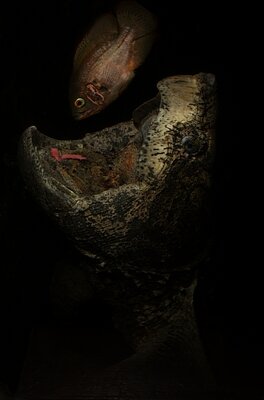
Nature at it's Best
Our resident Alligator Snapping Turtle doing what he does best. This fish doesn't stand a chance against the specialised fishing abilities of a Snapping Turtle. The tongue of this cunning reptile not only looks exactly like a worm but also moves in an intricate worm like manner. Interestingly it takes a day or two for the fish to learn that there is danger lurking and they soon stop trying to eat the tongue. We have to keep on changing the fish in order for the Snapper to eat.
The Khamai Reptile Centre has a variety of turtles and tortoises on display throughout the centre.

Recommended Books
Although there are many good reptile books available from throughout the World, one should be careful what book to buy and make sure for what reasons you are buying the book. Some books can be very technical and are written by scientists and biologists for the academic. While other books are best written for the reptile enthusiast that would like to learn more on how to keep and look after reptiles in captivity. There are also a variety of books that one can buy to help with identifying reptiles and to learn more about how and where they live. Once you have identified your need, you should then make sure that you are getting a book written by an authority on the subject. You need to be confident that the book you buy has the correct and most up to date information. The two books below are well written in a manner easy to understand yet technical enough to be used as a text book by the serious enthusiast. Both books are filled with clear photographs and distribution maps that makes it easy to identify the species from specific regions.
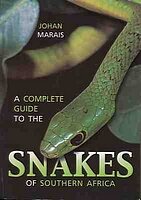
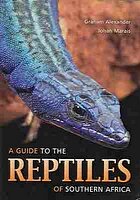



"What's the deal" ..... we know to litter is wrong ..... yet we continue to do so. Littering in South Africa is a serious problem and causes serious damage to the environment and all that lives in it. Please don't litter it affects us all.
We don't seem to be very successful in saving the gorillas of Central Africa so how are we going to convince the World to save a little gecko or snakes and spiders?
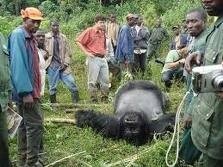
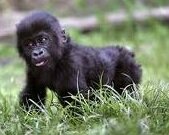
CLICK HERE FOR MORE INFO Please take note that this link contains graphical material that may be disturbing to some.


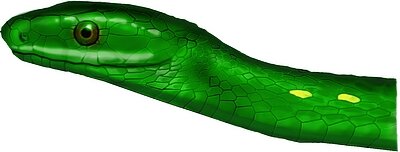
|
CLICK TO ADD US TO YOUR FAVORITES
|
|
|
|
|
|
Think About It .....
Khamai Reptile Centre on "Google Maps" or find us on "Google Earth" |

Click the following
LINKS
Check our wish list on
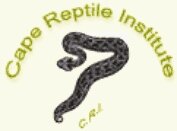





Khamai Reptile Centre • PO Box 175 • HOEDSPRUIT • 1380 •
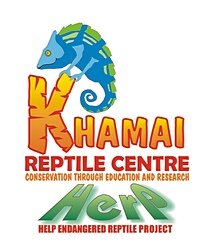
 © Copyright Khamai Reptile Centre, 2024. All Rights Reserved.
© Copyright Khamai Reptile Centre, 2024. All Rights Reserved.
